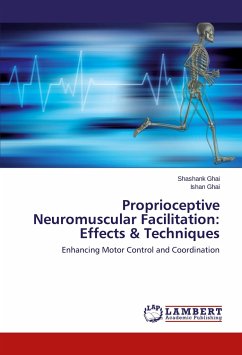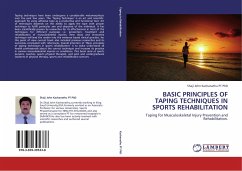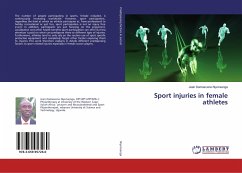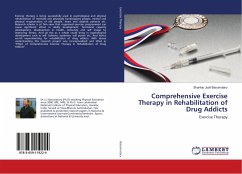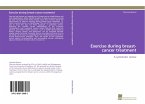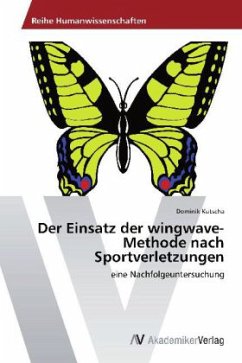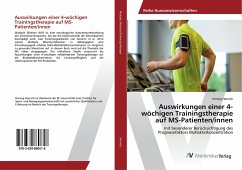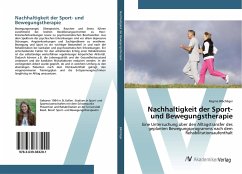Proprioceptive neuromuscular facilitation is a common practice implemented to enhance the range of motion throughout the neurological and musculoskeletal aspect of the body, though little research has been performed to evaluate theories behind it. The aim of this manuscript is to evaluate possible mechanisms, proposed theories, physiological effects and techniques that fall within its scope. The manuscript incorporates various maneuvers implemented within this technique that aim to imitate the effects of facilitation in order to increase the response of neuromuscular mechanism, various types of facilitation techniques that are also implemented in addition to the neuromuscular facilitation techniques are for instance; visual cue, maximal resistance, stimulation by stretch reflex, manual contact and verbal instructions. It could also be successfully deployed for developing normal range of movement in the affected affected musculoskeletal tissues. A detailed diagrammatic representations of patterns performed in the proprioceptive training depicts the relevance of Proprioceptive neuromuscular facilitation, with potential benefits, only when if performed correctly and systematically.
Bitte wählen Sie Ihr Anliegen aus.
Rechnungen
Retourenschein anfordern
Bestellstatus
Storno

